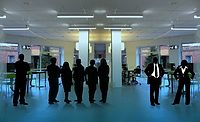Case Study
Capturing Spaces in 3D to Help Customers Recover Faster
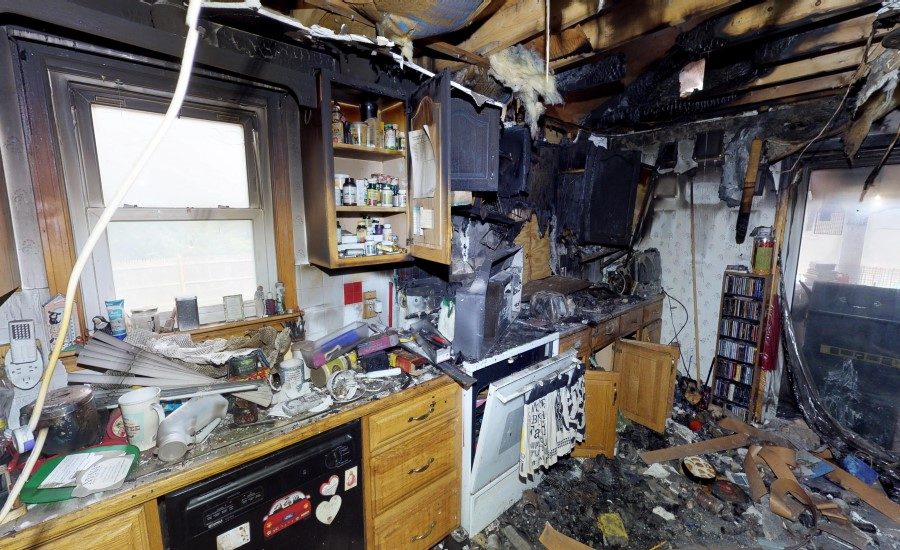

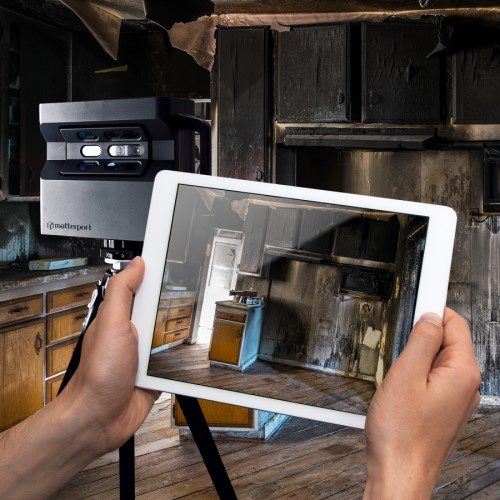

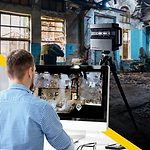
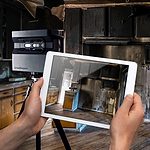
To Dalworth Restoration, a family owned-owned restoration company helping North Texas residents and businesses recover from fire, flood, and storm damage, efficiency is everything. That includes the time it takes to arrive and take action, determine where and how the damage occurred, file a claim to the insurance carrier and restore the property. Acting fast is critical not only to help homeowners and businesses get back on their feet, but also to the financial health of the company.
Documenting Fire and Water Damage with 3D Spaces
Documenting damage is key to accurately assessing the damage and scoping restoration and remediation projects. Nick Hobbs, Mitigation Manager explained Dalworth Restoration “is truly committed to enhancing services and providing value to customers. We realized that identifying technology and processes that help us engage with insurance adjusters, building consultants, and owners is the fastest way to restore homes, businesses, and improve lives.” The company’s most important source of documentation is no longer 2D photographs: It is 3D capture, and Matterport is an important partner for growth.
3D Capture First: Every Project Begins with Scanning
Traditionally, restoration companies scoped projects by sending a technician to photograph and measure a home or business — a process often requiring three or more site visits. For Dalworth Restoration, 3D capture transformed their workflow, eliminating the need for multiple visits to document hundreds of 2D photographs and manual measurements.
This shift to 3D capture introduced opportunities for restoration companies trying to help more customers recover faster. Dalworth Restoration invested in the Matterport Pro2 camera and the Matterport Cloud. The investment is producing excellent upside, enabling the company to provide greater transparency of site conditions to adjusters and owners.
Estimating, Documenting, and Scaling Faster
Dalworth Restoration uses 3D capture to document every project, beginning with a pre-mitigation scan.
When Dalworth Restoration receives a call from a customer, saying their home or business is damaged, the company captures the space with the Matterport Pro2 camera, uploads the scan to the Matterport cloud, and uses the 3D model to assess the damage, scope the work, and capture measurements.
“With the Matterport 3D models, we can produce an estimate more efficiently, and as a result, sign customers faster,” said Hobbs. “By sharing the Matterport 3D models with stakeholders, we’ve reduced the number of inquiries and disputes from insurance adjusters, building consultants, and owners. The 3D model provides everyone with a single, accurate source of documentation to reference throughout the restoration and claims processes, helping us serve more customers, faster.”
Hobbs credits the Matterport cloud with giving Dalworth Restoration the ability to annotate the mitigation strategy and milestones for every project, addressing questions that may arise with owners or adjusters: Which type of equipment was used? For what duration? What were the moisture points on the walls? What were the readings?
“The Matterport cloud enables us to be more transparent by annotating the 3D model during the mitigation phase by tagging equipment, moisture mapping, and readings,” Hobbs said. “We use the Matterport 3D model as our entire documentation package.”
Beyond tagging, Dalworth Restoration uses the Matterport Cloud to automatically generate sketches of floor plans, reference 3D measurements, and export .OBJ files for Xactimate — directly from a 3D model.
“Matterport 3D capture is enabling us to produce estimates faster, document and share mitigation milestones more effectively, and scale our business faster.”
Looking for a reprint of this article?
From high-res PDFs to custom plaques, order your copy today!





